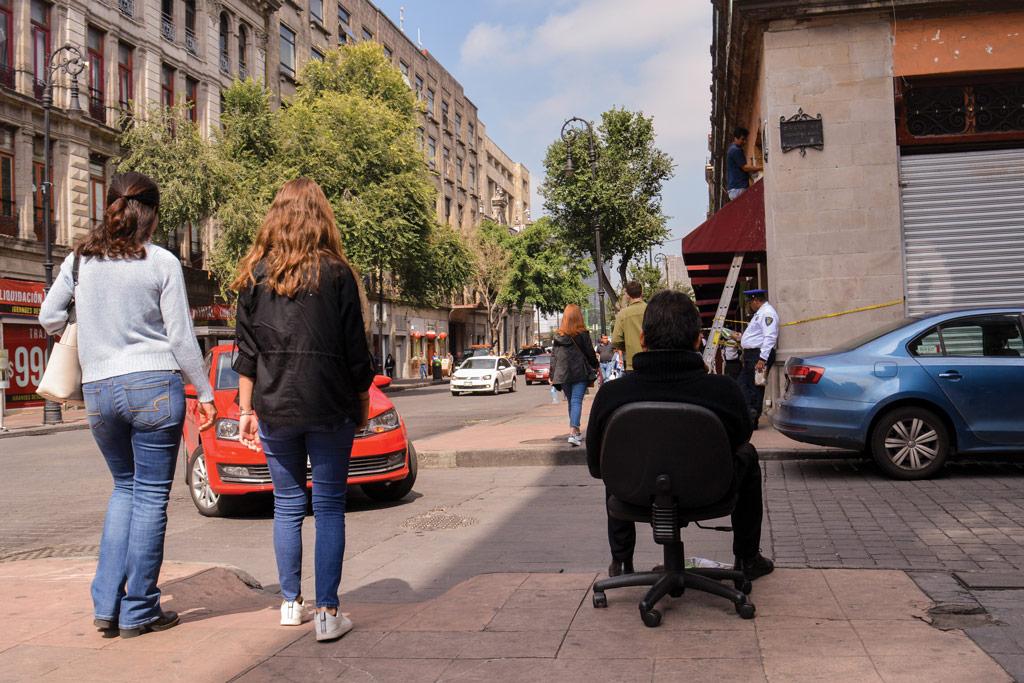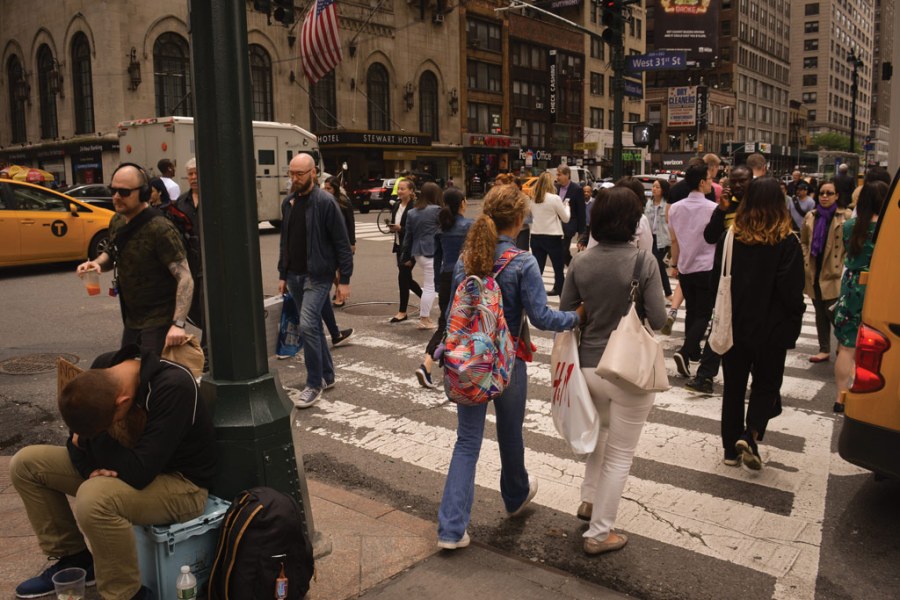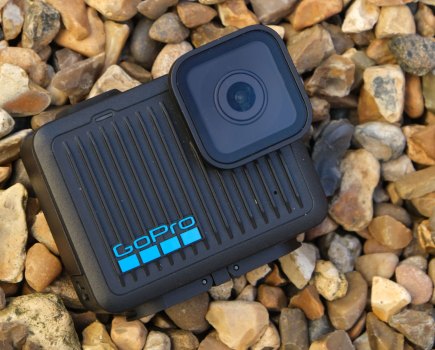There will always be a distance between you and the places you visit, but street photography is one way to bridge it. Isabella Ruffatti proposes that exploring like a street photographer is how we can get more out of travel photography.
A lot of travel photography and videography today seems overconcerned with being aesthetically pleasing. You get a lot of extremely beautiful landscapes that don’t say much, the must-take photos of a historic building and photos that attempt to capture and engage with the culture of a place but fall short.
If this is your cup of tea, I’m not judging. There’s a reason why these photos are popular, they’re really nice to look at and have a place within travel. What I am saying is that travel photography can be more than that.
It intersects with various photography genres, street photography for example, with #travelphotography often appearing at the bottom of street photography posts on Instagram.
I began my photography journey documenting my family’s travels when we lived in Costa Rica for three years. Eventually, I took photos in other cities that are popular among photographers: New York City, London, and Mexico City.

Sometimes you get odd street moments like this one, a man casually sitting on an office chair in a busy street in the heart of Mexico City. Photo credit: Isabella Ruffatti.
In my experience, being a tourist tends to be very systematic. Go from A to B to C. See the sights and done.
Though tourist hot spots can be places to observe how everyday life mingles with the tourism industry or even a stage for local politics, I’ve found that my more interesting photos are taken elsewhere: on the streets.
My travel photos have become less about documenting where I was in the literal sense and more about going deeper and exploring a certain city as a street photographer.
What I mean by this is essentially that I focused on people rather than the famous monuments that tourists might usually gravitate towards. Take the red buses in London, for instance. They’re icons representative of London and the UK around the world. But in London? They’re as common as the urban foxes that wander its streets and are likely pretty much ignored by the locals – so perhaps you should too.

One of the many occasions I visited the Basilica de Guadalupe, a hotspot for Catholic tourists, with family members visiting from El Salvador. Turning away from the actual monument itself allowed me to capture locals and visitors alike interacting with the place in a more organic way. Photo credit: Isabella Ruffatti.
In travel terms, this translates to attempting to explore a city like a local yourself. Of course, this isn’t always particularly easy. When I went to Berlin it was only for three days and getting as intimately acquainted with the city as a resident might was a challenge thanks to the limited time and the language barrier. But that doesn’t mean you can’t at least attempt to recreate the connection with your photography if you want to produce something beyond the record shot.
There will always be a distance between you and the places you visit, but street photography allows you to bridge some of it, to slow down and engage with the places you visit and the people who live there.
If you haven’t already, try it: Do travel photography like a street photographer.
The views expressed in this column are not necessarily those of Amateur Photographer magazine or Kelsey Media Limited. If you have an opinion you’d like to share on this topic, or any other photography related subject, email: ap.ed@kelsey.co.uk.
Related articles:
Get better adventure, wildlife and portrait photographs whilst travelling
Black and white street photography: Tips and techniques from the experts
Street photography: How to be street smart
Flying with camera kit: how to do it







